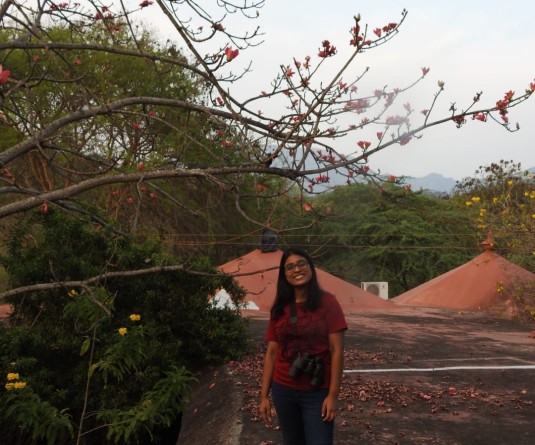
The question of human origin has fascinated scholars as well as laypersons since long. Probably the most debated issues since mid-nineteenth century were related to evolution of life on earth from simpler forms to complex ones and then to human being as shown in the Geological Time Scale right from 4.6 billion years ago. Fossil remains found at various places of the world and artefacts left behind by the early humans have provided some answers to innumerable questions that are asked.
The biological issues related to human origin, migration and variation were placed in a novel perspective when DNA molecules were discovered in 1950s; new vistas were found to understand the intricacies related to human origins, variations and the evolutionary processes responsible for these.
Hidden in its string of four biological alphabets A,T,G and C, our DNA carries the whole saga since the origin of life, and the first self-replicating molecules, through our amoebic ancestors down to the present day. Human beings are the result of over a billion years of evolutionary tinkering and our genes carry the seams and spot welds that reveal the story.
The techniques developed to study and manipulate the DNA molecules over last few decades have revolutionized our knowledge about life forms, bringing a vast array of specialized disciplines – from chemistry to biology to behavioral sciences – into close interaction.
When efforts were made to understand the people of the world as well as the people of India in terms of their origin and variation, the apparent findings were fascinating. This exhibition attempts to present very interesting glimpses into what the scholars have been doing for years, most of the time away from public eyes, and help us to appreciate their efforts as well as the uniqueness of our human species.
The people of India are also known for their versatility in adapting the varied eco-systems of the country. Such variation is reflected in their social life, economic activities and even their political thoughts. Hunters, pastoralists, fishermen and peasants, who depend largely on their immediate natural environment, are majority of the rural Indians. The exhibition presents a panorama of activities of some of the hunter-gatherers, nomads and pastoralists, who have retained age-old knowledge about local ecology.
Another interesting section of the exhibition presents glances of recent research projects undertaken by the Anthropological Survey of India; the projects have often offered some notable leads for biological and cultural changes that are sweeping the human surface of India. Publications containing findings of the above mentioned have been kept on display and sale.
The exhibition has specially been designed for the students and common persons. We sincerely hope that the exhibition would play an important role in understanding the past and present of the human species, with special reference to India, and inspire all of us to think about the future of human being and the space they occupy in the vast universe.
Dzüvinuo Theünuo
Source: Anthropological Survey of India, Ministry of Culture, GOI.)




